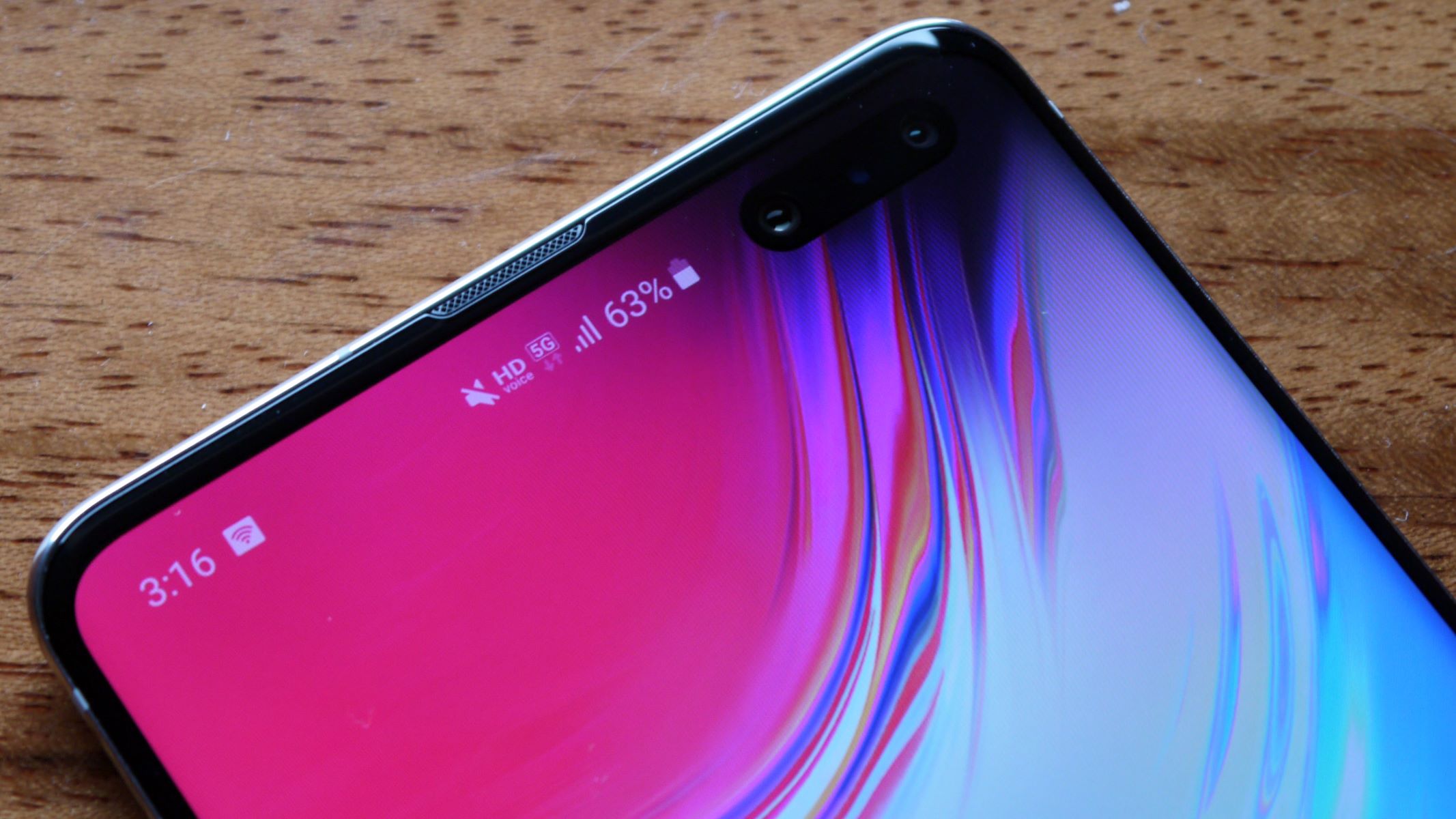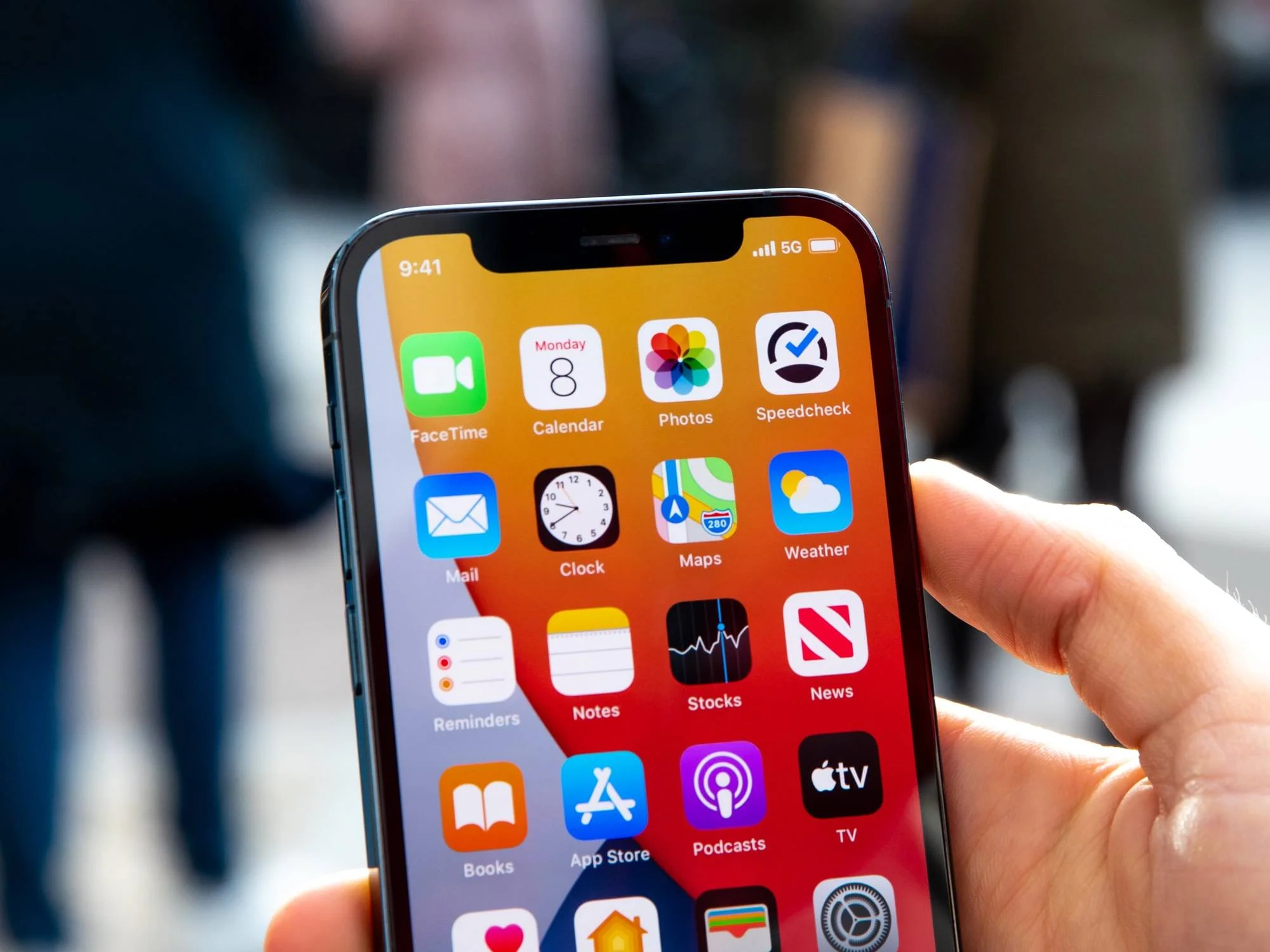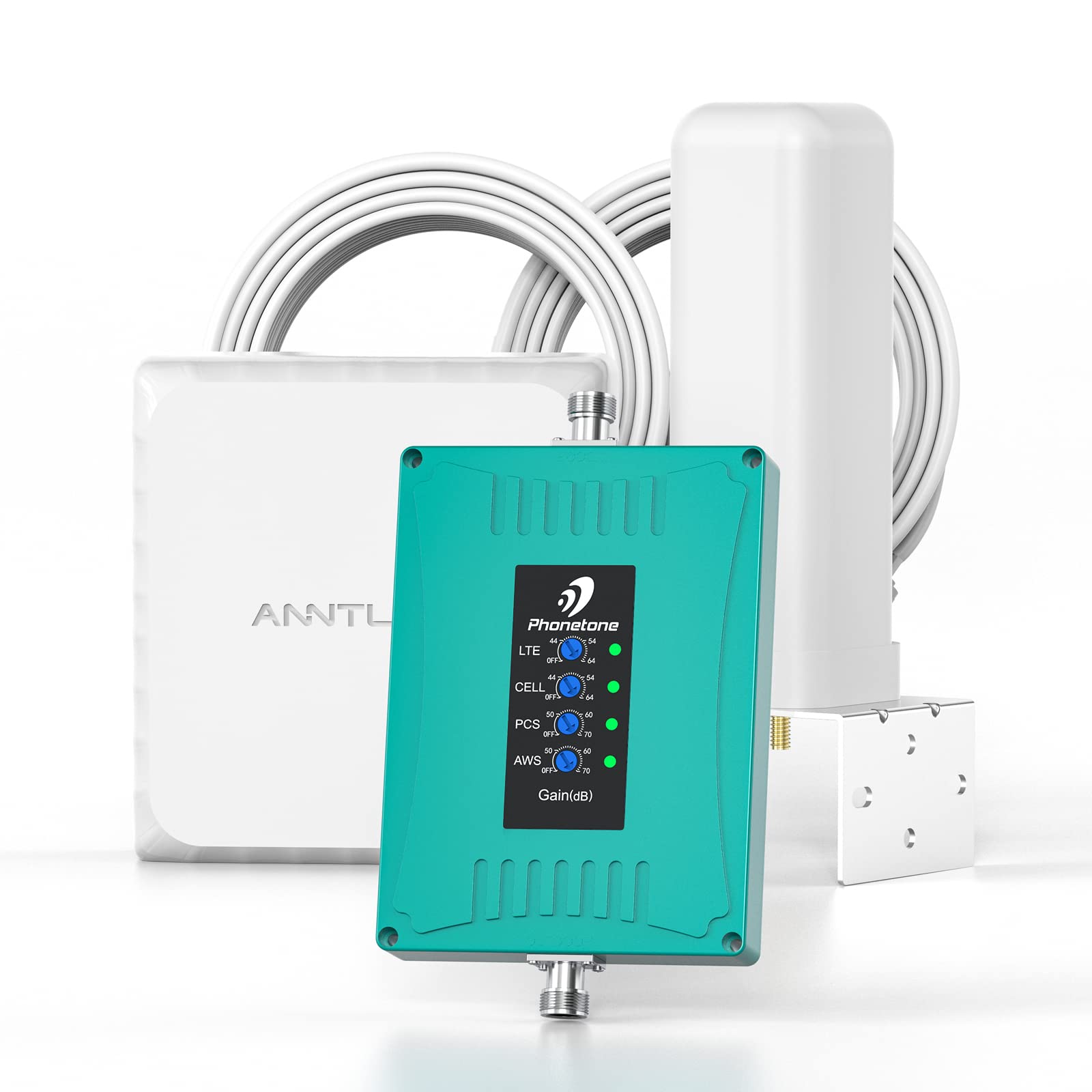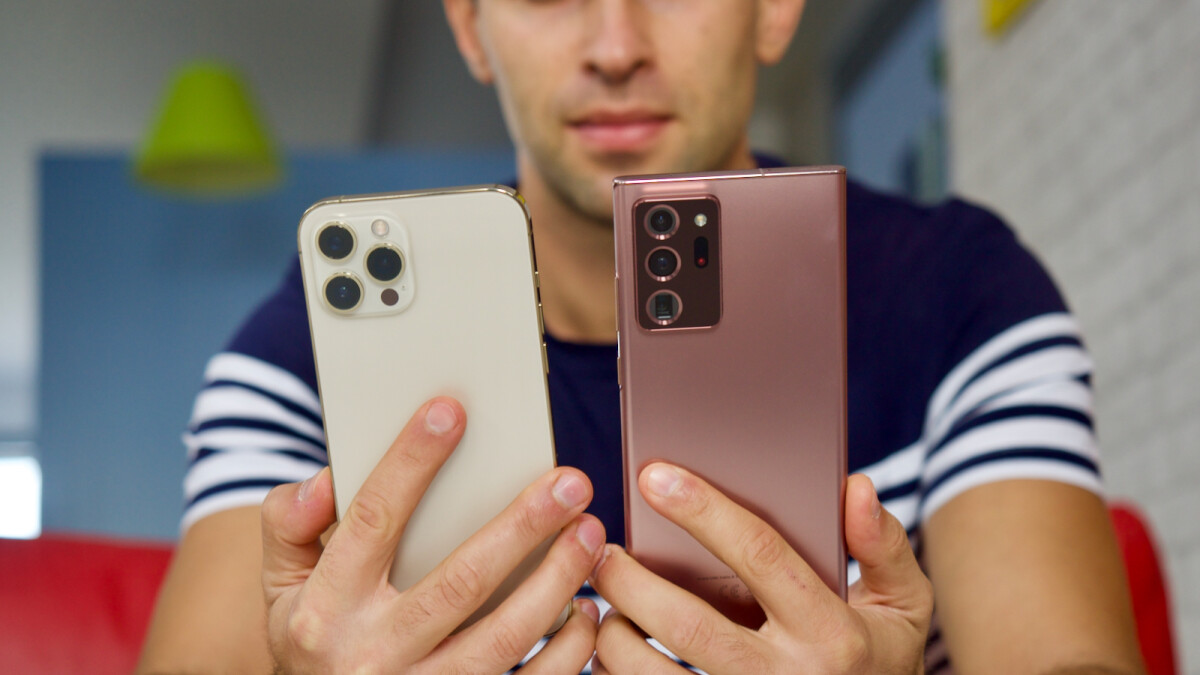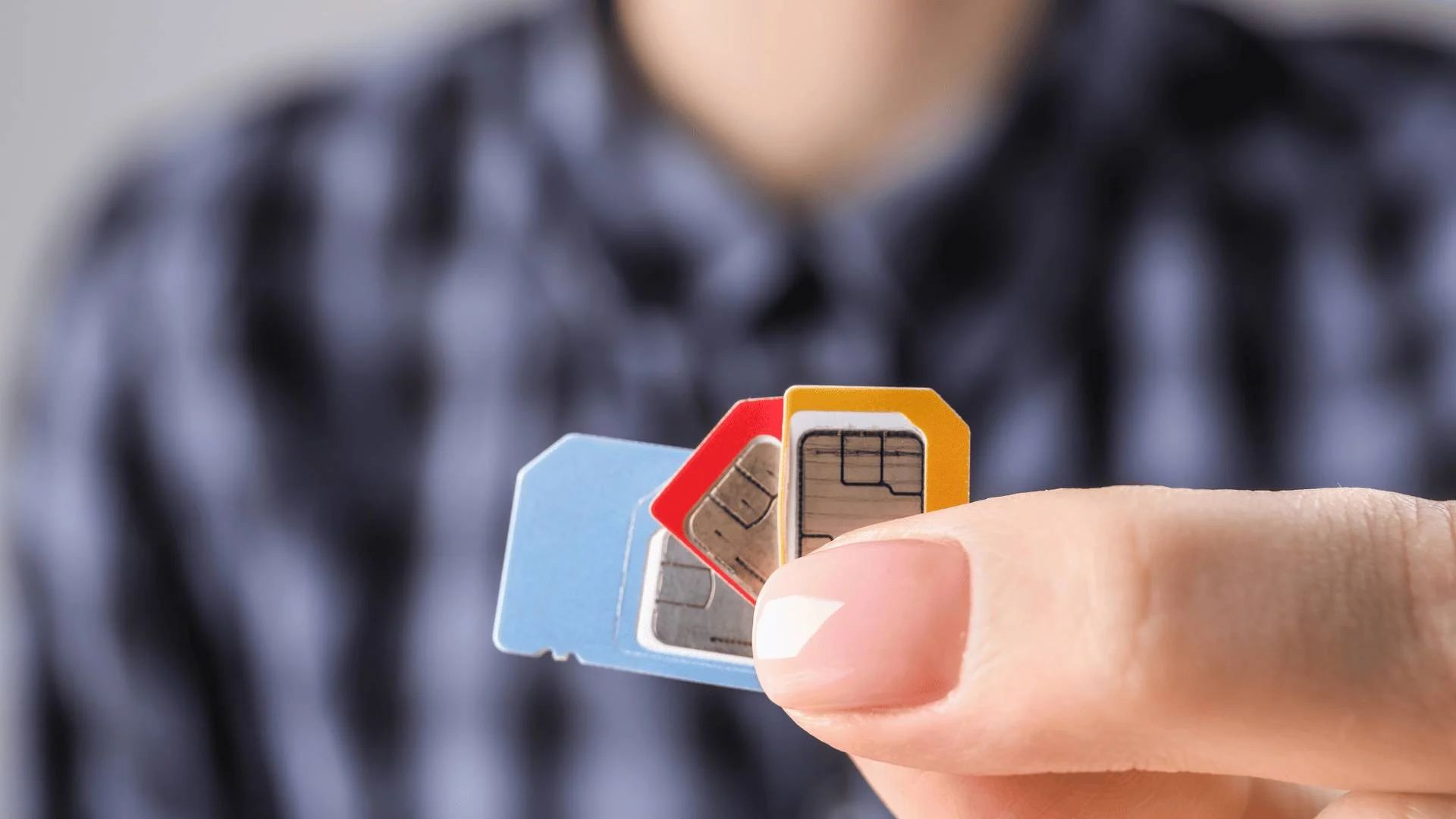Introduction
With the advent of 5G technology, there has been a surge of excitement and anticipation about the potential it holds for transforming the way we communicate and access data. As 5G networks roll out across the globe, many are wondering what will happen to the existing 4G phones.
Before we delve into the impact of 5G on 4G phones, let’s briefly understand what 5G is all about. 5G, which stands for fifth-generation, is the next evolution in wireless technology. It promises significantly higher data speeds, lower latency, and increased capacity compared to its predecessor, 4G.
With the increasing demand for faster and more reliable internet connections, the introduction of 5G is expected to revolutionize various industries, including healthcare, transportation, and entertainment. It will enable faster downloads, seamless streaming of high-definition content, and real-time communication with minimal lag.
So, what does this mean for the millions of people who currently own 4G phones? Will their devices become obsolete overnight? The answer is a bit more nuanced.
What is 5G?
5G, or fifth-generation, is the latest generation of wireless technology that promises to revolutionize the way we connect and communicate. Unlike its predecessors, 5G offers significantly faster data speeds, lower latency, and increased network capacity. But what sets it apart from 4G?
Firstly, 5G operates on a higher frequency spectrum, which allows for higher bandwidth and faster data transfer rates. It uses millimeter waves that can transmit data at speeds up to 10 gigabits per second (Gbps), allowing for near-instantaneous downloads and uploads.
Secondly, 5G boasts significantly lower latency compared to 4G. Latency refers to the time it takes for data to be transferred from one point to another. With 5G, latency can be reduced to as low as 1 millisecond, enabling real-time interactions and seamless communication.
Furthermore, 5G networks have the capability to support a massive number of devices simultaneously. This increased capacity is essential considering the growing number of Internet of Things (IoT) devices, such as smart home appliances, autonomous vehicles, and wearable devices, that require stable and fast connections.
In addition to these technical advancements, 5G also presents the opportunity for network slicing, which allows service providers to segment their networks and allocate resources based on specific user needs. This ensures that each user receives a tailored experience with guaranteed quality of service.
Overall, 5G sets the stage for a more connected and technologically advanced future. Its faster speeds, lower latency, increased capacity, and network slicing capabilities make it the perfect platform for emerging technologies like virtual reality, augmented reality, and autonomous systems.
The Future of 5G
The future of 5G holds immense promise and potential to transform various industries and aspects of our daily lives. As the technology continues to evolve and expand, here are some key areas where 5G is expected to make a significant impact:
1. Internet of Things (IoT) and Smart Cities: 5G’s ability to connect a massive number of devices simultaneously will propel the growth of IoT applications. Smart cities, equipped with interconnected devices and sensors, will leverage 5G to enable efficient infrastructure management, improved public safety, and enhanced energy management.
2. Autonomous Vehicles: 5G’s low latency and high bandwidth make it ideal for supporting autonomous vehicles. With the ultra-fast communication between vehicles and infrastructure, 5G will be crucial for enabling real-time navigation, vehicle-to-vehicle communication, and enhanced safety features in self-driving cars.
3. Telemedicine: 5G’s high-speed connectivity and low latency will revolutionize healthcare by enabling telemedicine services to flourish. Doctors will be able to conduct remote consultations, perform surgeries through robotic assistance, and transmit large medical data files instantly, regardless of geographic distances.
4. Enhanced Entertainment and Media: 5G will provide an immersive entertainment experience, allowing for seamless streaming of high-resolution videos, virtual reality gaming, and augmented reality applications. Live events and sports will be more accessible with real-time streaming, multi-angle views, and interactive fan experiences.
5. Industrial Automation: The manufacturing industry will benefit from 5G’s network slicing, enabling precise control and monitoring of machines and processes. This will enhance productivity, reduce downtime, and enable predictive maintenance in factories and warehouses.
6. Education and Remote Learning: 5G will bridge the digital divide and bring high-quality education to remote areas through virtual classrooms, interactive learning experiences, and remote access to educational resources. It will enable students to connect with teachers and peers seamlessly, regardless of their geographical location.
As the deployment of 5G networks continues to expand globally, we can expect to see innovative applications and use cases that we haven’t even imagined yet. The future of 5G is bright, and it holds the potential to revolutionize industries and transform the way we live, work, and communicate.
Impact on 4G Phones
With the arrival of 5G, one might wonder about the fate of 4G phones. While 5G technology offers exciting advancements, it does not render 4G phones immediately obsolete. Here are some key points to consider regarding the impact on 4G phones:
1. Continued Use and Support: 4G phones will continue to function and be supported by existing 4G networks for the foreseeable future. Service providers understand that not everyone will immediately upgrade to 5G phones, so they will maintain and expand their 4G infrastructure to support continued use.
2. Access to 4G Networks: 4G phones will still have access to 4G networks, which provide reliable and fast connectivity. Users can continue to enjoy activities such as web browsing, social media, video streaming, and other online services without any significant disruption.
3. Network Transition Period: As the transition from 4G to 5G takes place, there will be a period where both network technologies coexist. During this time, service providers will ensure backward compatibility, allowing 4G devices to connect to the evolving network infrastructure.
4. Regional Availability: The availability of 5G networks varies by region, with some areas having widespread coverage while others are still in the early stages of deployment. In regions where 5G infrastructure is limited, 4G phones will remain the primary means of accessing mobile data services.
5. Performance Differences: While 5G offers faster speeds and lower latency, 4G networks provide sufficient performance for most everyday activities. Unless users have specific requirements for the enhanced capabilities of 5G, their 4G phones will continue to meet their communication and data needs.
6. Price Considerations: 5G phones are currently more expensive than their 4G counterparts. Many users may choose to stick with their 4G phones to avoid the higher costs associated with upgrading to 5G devices. This decision is especially prevalent among budget-conscious consumers.
While 4G phones won’t immediately become obsolete, it’s important to note that they won’t be able to tap into the full potential of 5G networks. Users seeking the enhanced capabilities of 5G, such as ultra-fast downloads, real-time gaming, or virtual reality applications, will need to upgrade to 5G phones to fully experience these features.
In the next section, we will explore the potential obsolescence of 4G phones and the considerations when upgrading to 5G phones.
Continued Use and Support for 4G Phones
Despite the emergence of 5G technology, 4G phones will continue to be used and supported for the foreseeable future. Here are some key reasons why:
1. Existing Infrastructure: Mobile service providers have made significant investments in building and expanding their 4G networks. These networks will continue to be operational for years to come, ensuring that 4G phones can still access reliable and fast mobile data connections.
2. Global Coverage: While the deployment of 5G networks is expanding rapidly, global coverage is not yet ubiquitous. In many regions, 4G networks remain the primary means of mobile communication. Therefore, 4G phones will be viable options for users in areas with limited or no 5G coverage.
3. Cost Considerations: Upgrading to a new phone, especially one that supports 5G, can be costly. 4G phones offer a more affordable option for users who prioritize budget considerations. This is particularly relevant for individuals who primarily use their phones for basic tasks such as calls, texts, and everyday internet browsing.
4. App Compatibility: The majority of mobile applications are designed to work seamlessly on 4G networks. While some apps may eventually optimize their performance for 5G, 4G phones will not become obsolete in terms of app compatibility. Users can continue to access and utilize a wide range of applications without significant limitations.
5. Extended Lifespan: 4G phones are built to last and provide reliable performance. A well-maintained and updated 4G phone can continue to meet the needs of users for several years. This means that individuals who currently own a functional 4G device can continue to use it without feeling the immediate need to upgrade to a newer model.
6. Utility for Basic Tasks: For many users, 4G phones offer more than sufficient capabilities for their daily tasks such as communication, social media, email, and web browsing. Unless they have specific requirements for advanced features, such as augmented reality or high-definition video streaming, sticking with a 4G phone will not significantly hinder their phone usage experience.
While the focus will naturally shift towards 5G with its faster speeds and lower latency, 4G phones will remain relevant and continue to be supported by mobile service providers. The decision to upgrade to a 5G phone should be based on individual needs, budget considerations, and the availability of 5G networks in the respective geographical area.
In the next section, we will discuss the potential obsolescence of 4G phones and the considerations that users should keep in mind when deciding to upgrade to a 5G phone.
Potential Obsolescence of 4G Phones
While 4G phones will still be supported and continue to function, it’s important to acknowledge that there are certain factors that may contribute to their potential obsolescence over time:
1. Advancements in Technology: As 5G technology continues to evolve and become more widespread, new applications and services may be developed that specifically cater to 5G networks. These advancements may not be fully compatible or optimized for 4G phones, limiting their functionality and user experience.
2. Network Transition: As more users transition to 5G devices, mobile service providers may shift their focus and resources towards enhancing and expanding 5G networks. This could mean decreased support and maintenance for 4G networks and devices, making it more challenging to access reliable and fast connections on 4G phones.
3. Discontinued Updates and New Features: 4G phone manufacturers and software developers may prioritize their efforts on developing and releasing updates, new features, and optimizations for newer generations, such as 5G. This could result in a decline in updates and improvements for 4G phones, leading to potential limitations in performance and compatibility with newer technologies.
4. Decreasing Availability: As the demand for 5G increases and 4G networks become less prominent, the availability of 4G phone models and accessories may decline. This could make it increasingly difficult to find compatible accessories or get support for 4G devices when needed.
5. Shift in Consumer Expectations: Over time, as more users adopt 5G and experience the benefits it offers, their expectations of mobile connectivity may shift. This could create a perception that 4G phones are outdated or inferior, prompting users to upgrade to 5G devices to keep up with the latest technology trends.
It’s important to note that the timeline for the obsolescence of 4G phones will vary depending on factors such as geographic location, individual needs, and the pace of 5G network deployment in different regions. Some users may choose to hold onto their 4G phones for an extended period, especially if their current devices fulfill their needs adequately.
In the next section, we will explore the considerations that users should keep in mind when deciding to upgrade to a 5G phone.
Upgrading to 5G Phones
As 5G networks continue to expand and mature, users may consider upgrading their current 4G phones to 5G devices. Here are some factors to consider when deciding whether to make the switch:
1. Enhanced Connectivity: 5G offers significantly faster speeds and lower latency compared to 4G. If you rely on data-intensive activities such as high-definition video streaming, online gaming, or large file downloads, upgrading to a 5G phone can provide a noticeable improvement in your mobile connectivity experience.
2. Future-Proofing: Investing in a 5G phone ensures that you are prepared for the future as 5G networks continue to expand and become the norm. By owning a 5G device, you can take advantage of new applications and services that are specifically designed to leverage the capabilities of 5G technology.
3. Availability of 5G Networks: Consider the availability of 5G networks in your area. If 5G networks have already been deployed and cover your region, upgrading to a 5G phone will allow you to take advantage of the faster speeds and enhanced performance immediately. However, if 5G networks are still limited or non-existent in your area, it may be worth waiting until the infrastructure improves before upgrading.
4. Budget Considerations: It’s important to assess your budget and determine whether the cost of upgrading to a 5G phone is justifiable for your needs. Keep in mind that 5G phones often come with a higher price tag compared to 4G phones. Consider how much you are willing to invest in upgrading to a new device and whether the additional benefits of 5G justify the cost for you personally.
5. Device Compatibility and Features: When upgrading to a 5G phone, consider the compatibility of your existing applications, accessories, and peripherals with the new device. Additionally, explore the features and specifications offered by different 5G phone models to ensure that they align with your specific requirements and preferences.
6. Long-term Usage: If you plan on using your phone for a prolonged period, opting for a 5G device can offer more longevity and usability as 5G continues to evolve and become the standard. However, if you only expect to use your phone for a short period or don’t require the advanced features of 5G, sticking with a reliable 4G phone may still be a viable option.
Ultimately, the decision to upgrade to a 5G phone should be based on your specific needs, budget, and the availability of 5G networks in your area. Assess the benefits that 5G technology offers and determine whether they align with your mobile usage requirements and future expectations.
In the next section, we will conclude our exploration of the impact of 5G on 4G phones and summarize key takeaways.
Conclusion
As the world embraces the innovative possibilities of 5G technology, the impact on 4G phones should not be overstated. While 5G offers faster speeds, lower latency, and increased network capacity, 4G phones will continue to be supported and functional for the foreseeable future. The transition from 4G to 5G networks will be gradual, allowing users to make informed decisions about upgrading their devices.
4G phones will maintain their relevance in regions with limited 5G coverage and for users who prioritize budget considerations. They will have continued access to reliable 4G networks, allowing them to perform everyday tasks without any significant disruption. However, it’s crucial to recognize the potential obsolescence of 4G phones over time, as advancements in technology, discontinued updates, and shifting consumer expectations may make them less capable of leveraging new applications and services.
For individuals seeking faster speeds, enhanced connectivity, and future-proofing their devices, upgrading to a 5G phone may be a compelling option. However, it’s essential to consider factors such as the availability of 5G networks in your area, budget considerations, device compatibility, and your specific needs and usage patterns before making the switch.
In the end, the decision to upgrade to a 5G phone or stick with a 4G device will ultimately depend on individual circumstances and preferences. Whether you choose to embrace 5G or continue using your reliable 4G phone, both options offer viable pathways for staying connected and enjoying the benefits of mobile technology.







